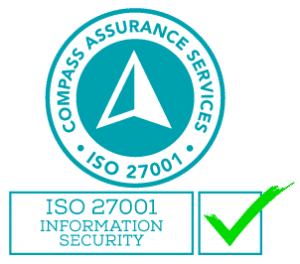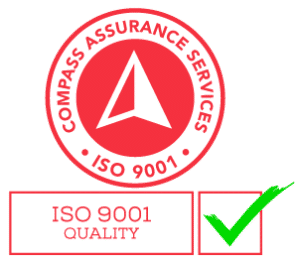Businesses are becoming more efficient and innovative. This often includes upgrading their IT strategy, the backbone of all successful businesses.
According to Forbes, 55% of companies without a strategy in place believe they have less than a year before they start to lose market share. An effective IT strategy can strengthen the day-to-day operations of your business, improve customer experience, and thus increase your revenue.
When done properly, an IT strategy can help your business become more sustainable for the long-term, which is important for any growing business.
What is an IT strategy?
An IT strategy is a plan that outlines how you will use technology to reach your business goals. For example, an IT strategy might include using social media or email marketing to increase brand awareness.
An IT strategy also includes deciding what type of technology you want to implement, such as hardware and software.
To effectively execute an IT strategy, it’s important for businesses to understand the benefits of different strategies and make sure they are able to meet their business goals.
For example, if your company wants more customers through email marketing, then it would be wise to invest in enough email accounts so that it can reach its goal. This is because most email hosting services offer low-cost plans for small businesses and individuals.
How to ensure your IT strategy is a success
It’s important to know what your business’ needs are when it comes to IT strategy. It’s not enough to just upgrade the technology in your office. You need to take into account what you need and make sure that your IT strategy is tailored to suit those needs. That way, your company will always have a strong foundation for success in the future.
To start, assess your current network and develop an idea of what you want it to look like in the future. All businesses go through cycles of expansion or contraction, so it’s important to see how this affects your IT strategy as well.
The benefits of an IT strategy
Many companies believe that an IT strategy is just a way to keep their business running. But, in reality, it’s much more than that. An well-structured IT strategy can help your business be more competitive and increase profitability. In turn, this will help your business become more successful over the long-term.
An effective IT strategy can have a significant impact on your customer experience. For example, an IT strategy could help you capture data from the customer experience, process that data in real-time to identify opportunities for improvement, and then act on those opportunities.
This has the potential to make your customers feel more engaged and interested in continuing their relationship with you. This is important because one of the quickest ways for a customer service agent to lose a customer is through poor experiences. Those experiences often lead to a lack of trust between customers and business vendors.
In addition, technology can also play a role in improving employee productivity. With an effective IT strategy as part of your overall business strategy, you can streamline employee workflow and create better communication between departments to maximise productivity.

Developing an effective IT strategy
First, you’ll need to understand your needs and how they can be met with IT. This will help you determine what the key components of an IT strategy are. You’ll then need to identify the right staff members who can work on these components to ensure that they all function together.
Next, you’ll want to figure out a budget for your IT strategy so that you can plan accordingly. After this, you will have a firm understanding of what your goals are, which should help you in selecting the right vendors and outsourcing services as needed.
You’ll also want to provide clear definitions of what services or products are necessary for each component, so that vendors know exactly what it is they’re going to be providing.
Finally, document your service agreements because this is always important before beginning any major project.
The framework should include:
- Business goals and objectives
- how you will measure success
- what resources you will use to achieve those goals and objectives
- How to evaluate what is working or not working in your current IT strategy
- what outcomes your business wants to achieve with its current IT strategy
- The metrics that will be used for measuring progress on the framework
Talk to the IT strategy experts
Creating an effective IT strategy is a process that requires planning and the attention of your entire team. But it can also have a big impact on your business. With an IT strategy in place, you can ensure your business has the technology to be successful.
Whether you want to implement a long-term strategy, the IT strategy specialists at Steadfast Solutions have all the expertise, knowledge, and tools to help you plan, design, implement, and manage your IT strategy.




